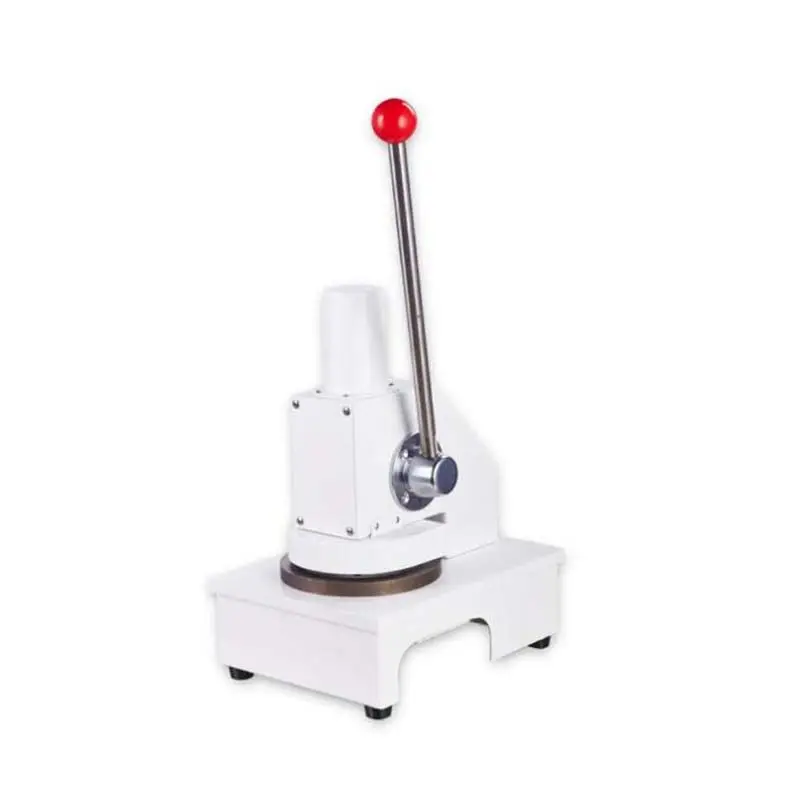Packaging Testing Instruments
Packaging is an essential aspect of any product, serving to protect it during transportation and storage, as well as providing valuable information to consumers. To ensure that packaging is effective and meets industry standards, packaging testing instruments are used to test various properties and performance characteristics. Here are some commonly used packaging testing instruments:
- Compression testers: These instruments measure the compressive strength of packaging materials and evaluate their ability to withstand pressure and weight.
- Bursting strength testers: These testers measure the strength of packaging materials to withstand pressure from an external force, simulating real-world conditions during transportation and storage.
- Tensile testers: These instruments measure the tensile strength and elasticity of packaging materials and evaluate their ability to withstand stretching and pulling.
- Impact testers: These testers evaluate the ability of packaging materials to withstand impacts, such as drops or impacts during transportation.
- Leak testers: These instruments detect and measure leaks in packaging materials and assess their ability to prevent leakage and maintain product freshness and quality.
- Heat seal testers: These testers evaluate the strength of heat seals in packaging materials and ensure that the seals are strong enough to maintain product integrity and prevent contamination.
- Permeation testers: These instruments measure the rate of gas or moisture permeation through packaging materials and evaluate their ability to maintain product freshness and shelf life.
By using these packaging testing instruments, manufacturers and suppliers can ensure that their packaging meets industry standards and is effective in protecting products during transportation and storage. Additionally, testing can help identify areas for improvement and optimization, leading to more efficient and cost-effective packaging solutions.











